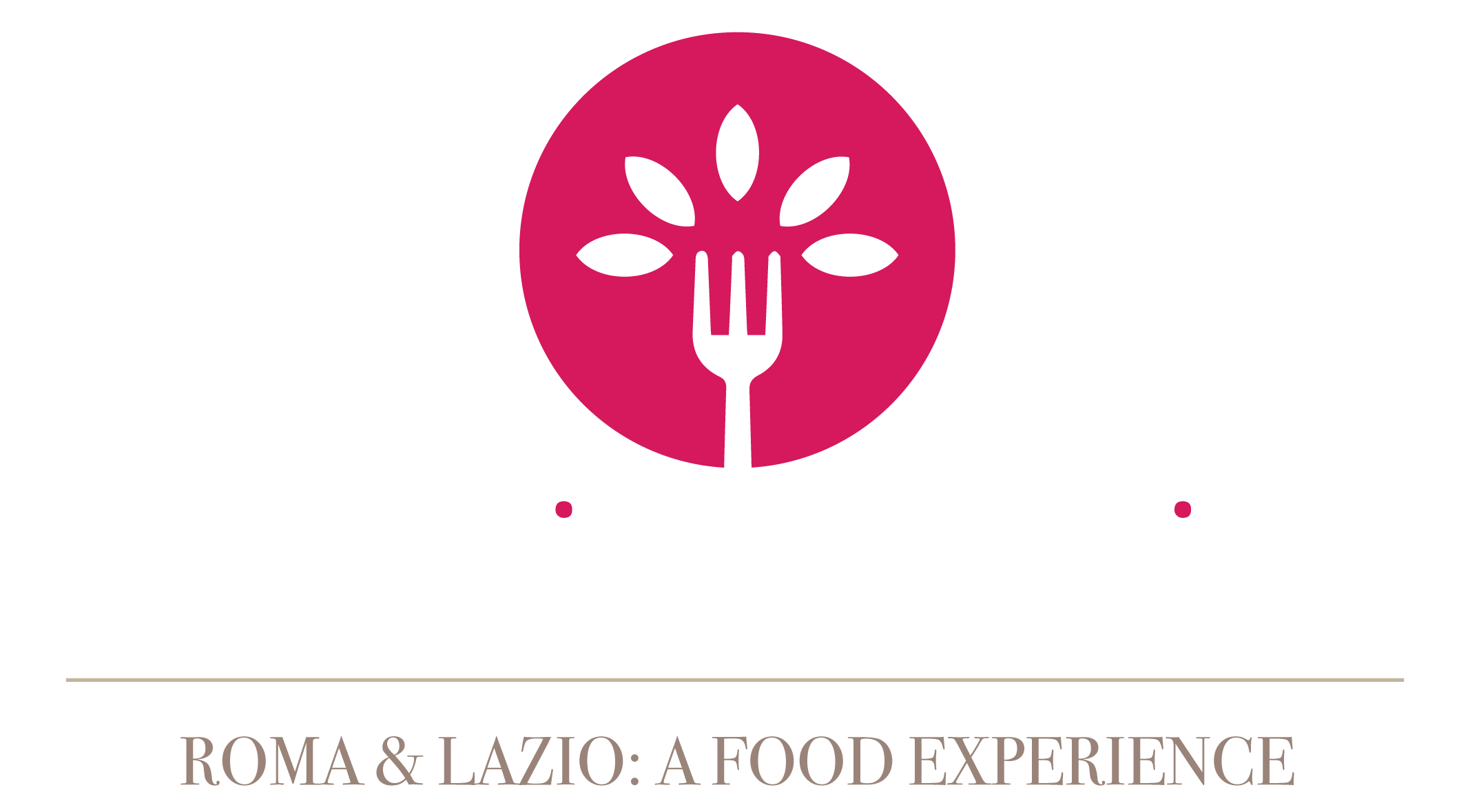Valle dell’Aniene
The territory of the Valle delle Aniene is attributable to the municipalities belonging to the mountain community of the same name, which extend from the peaks of the Simbruini and Lucretili Mountains to the plains adjacent to the Aniene.
Renowned for the production of legumes, it boasts a consistent number of bean species recognized as typical.
Typical products of Excellence
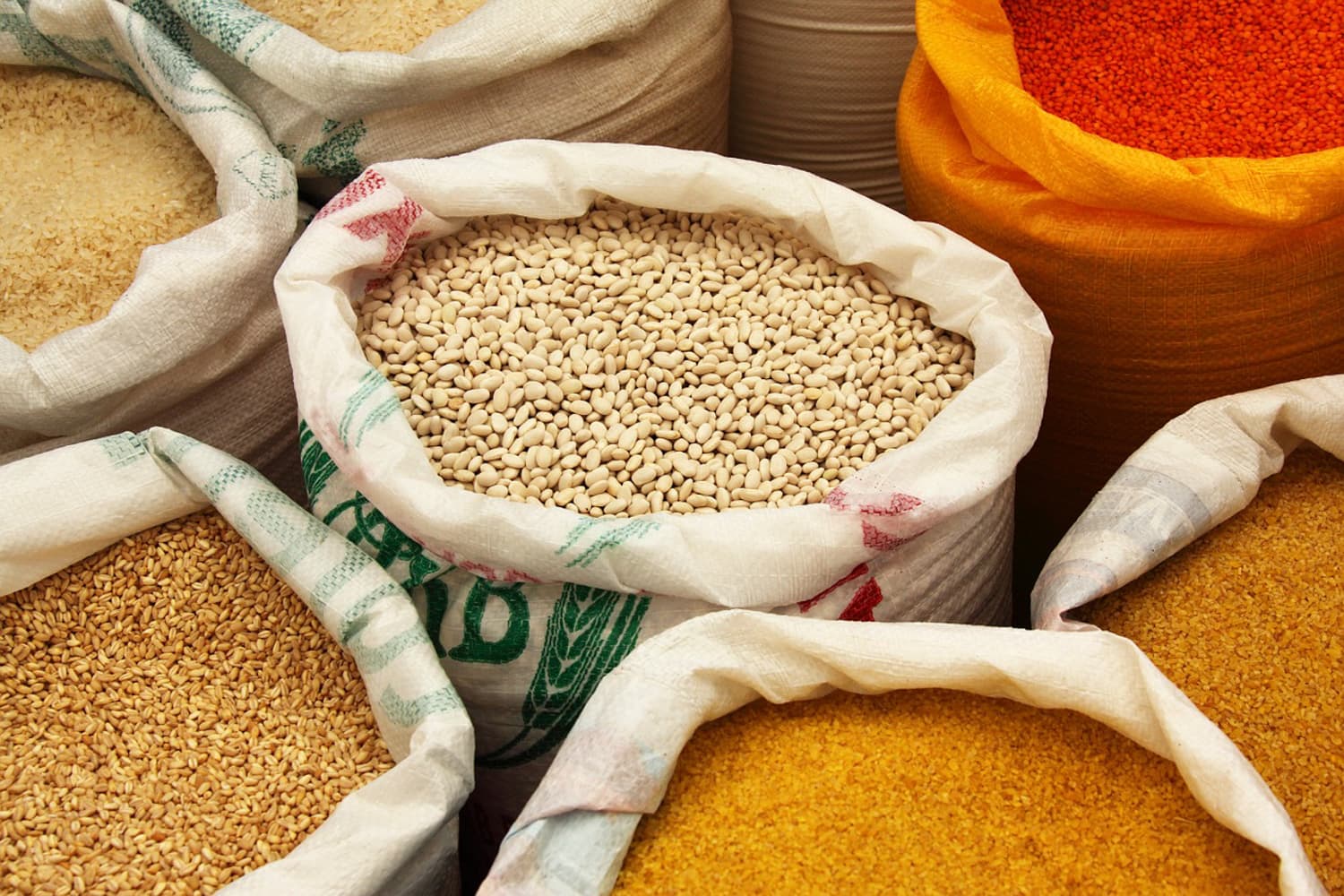
Fagiolina arsolana
The seed of the Arsolana bean is white in colour, kidney-shaped and variable in size from 5 to 7 mm. The cultivation of the Arsolana bean takes place on sandy-clayey soils of heterogeneous composition. The harvest is manual, as is the beating of the dried pods, done with natural cane whips. The Arsoli bean is easily recognizable for its buttery consistency.
Production areas:
Arsoli (RM), Cineto Romano (RM)
Quality marks:
PAT and Slow Food Presidium
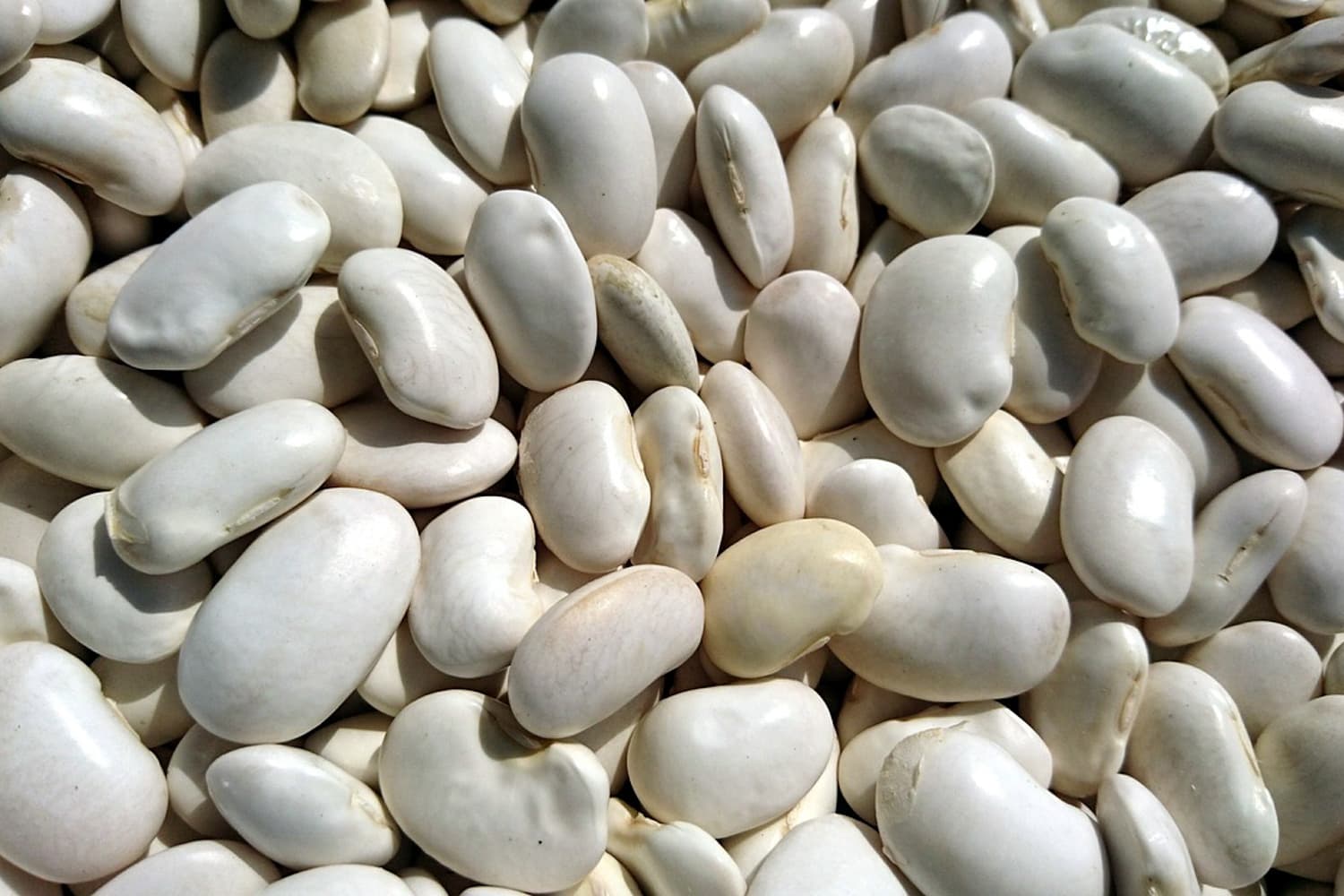
Fagiolo cappellette di Vallepietra
The seed of the Bean Cappellette of Vallepietra is kidney shaped, with abundant sized cotyledons. The color is particular and gives rise to the name of the ecotype: it is half white and half blue, as if the last part were a cap affixed to the seed. The hilum, which is located in the purplish area, appears white in color and is highly developed, compared to the size of the seed. The area in which the production is located at the foot of the mountain Autore, along the narrow strip of land formed by, the action of the river Simbrivio, here are cultivated the different ecotypes of Bean originating from Vallepietra.
Production areas:
Arsoli (RM), Vallepietra (RM)
Quality marks:
PAT
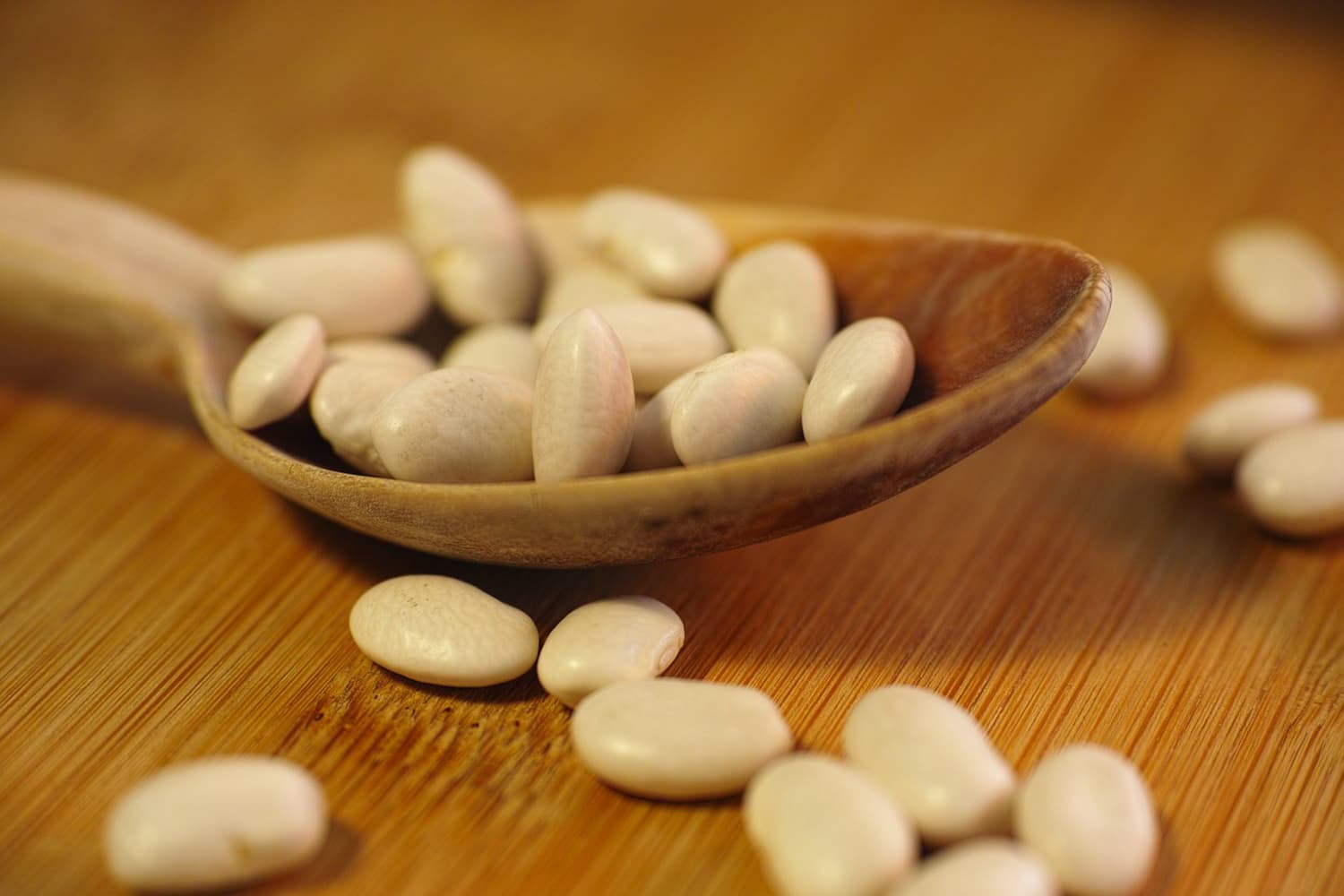
Fagiolone di Vallepietra
The bean seed, also called “ciavattone”, is large and has a pearly white color. Thanks to the calcareous soils its skin is very thin. The typical sign at the attachment of the seed to the pod differentiates it from the Spain type, with which it could be confused.
Production areas:
Vallepietra (RM), Filettino (FR)
Quality marks:
PAT and Slow Food Presidium
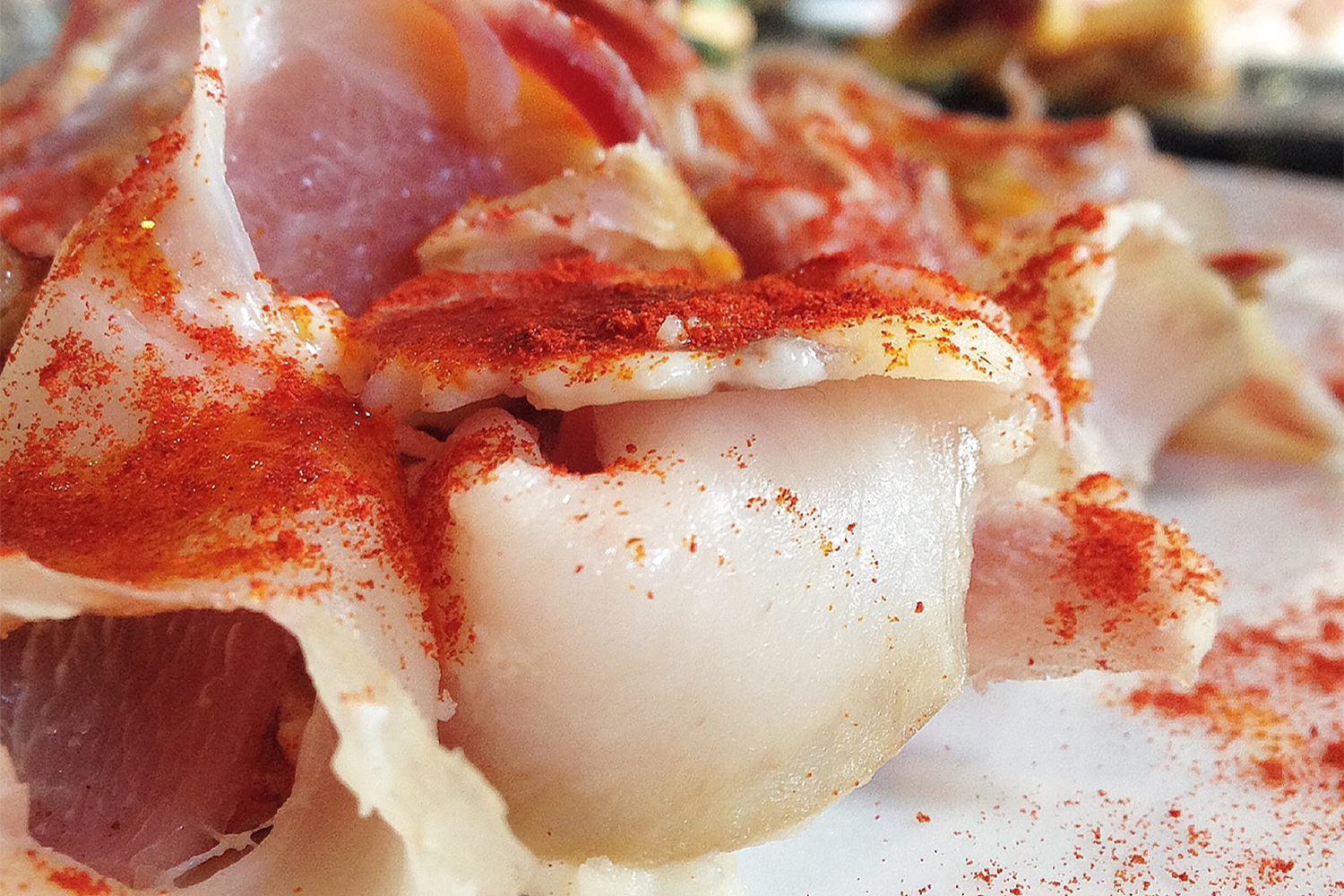
Lardo del campo di Olevano Romano
“Lardo del campo” is obtained from subcutaneous pork fat taken from back level. The lard, subjected to dry salting with fine salt and large and flavored with black pepper, nutmeg, fresh garlic macerated in Cesanese di Olevano Romano DOC wine, laurel and rosemary. The flavor is savory with accentuated aromatization and notes of field herbs.
Production areas:
Olevano Romano (RM)
Quality marks:
PAT
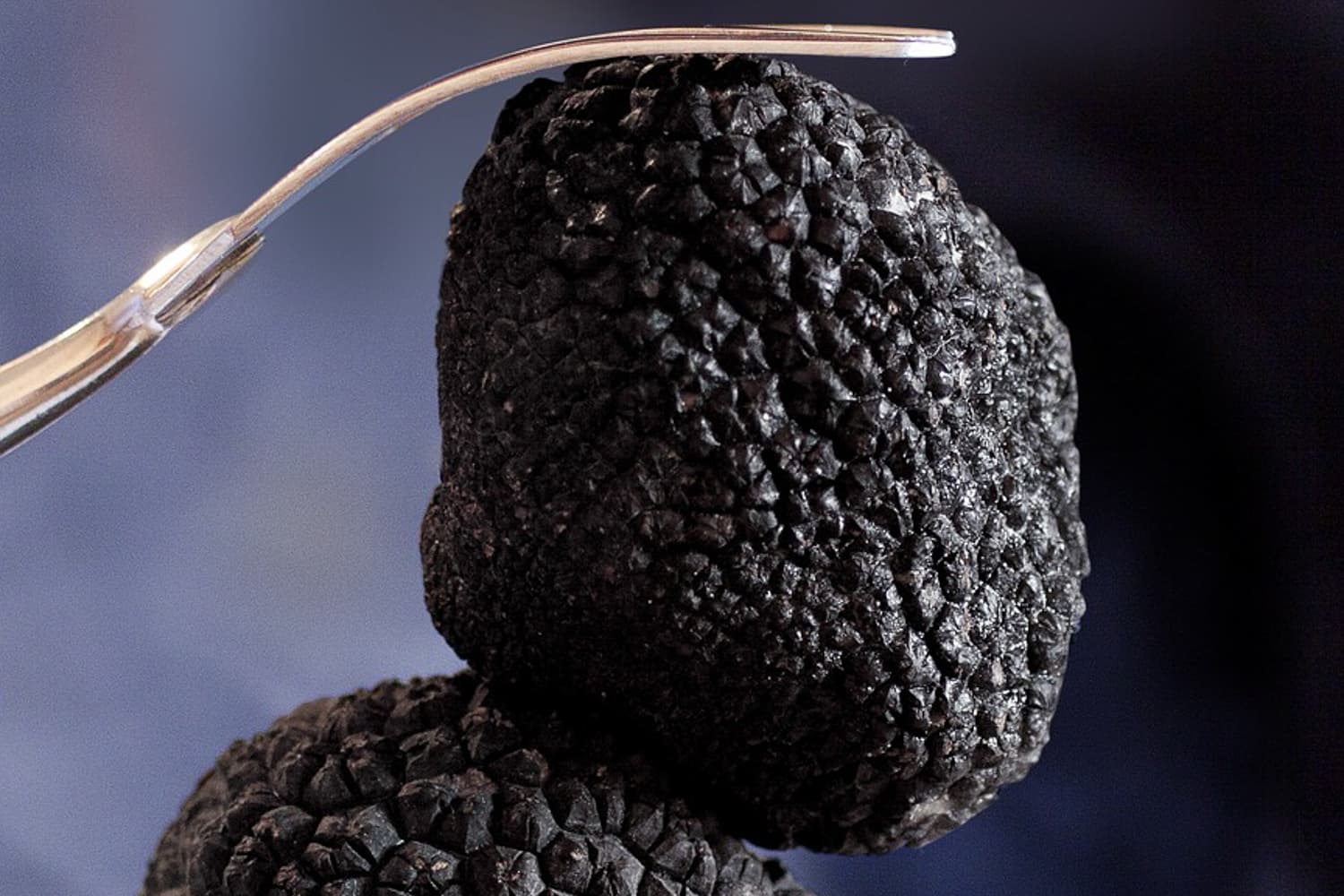
Tartufo di Cervara
It develops in calcareous soils typical of the identified area, located at 700-800 meters above sea level. It has a black exterior, black interior Grayish, very fragrant mushroom flavor.
Production areas:
Cervara di Roma (RM), Gavignano (RM)
Quality marks:
PAT
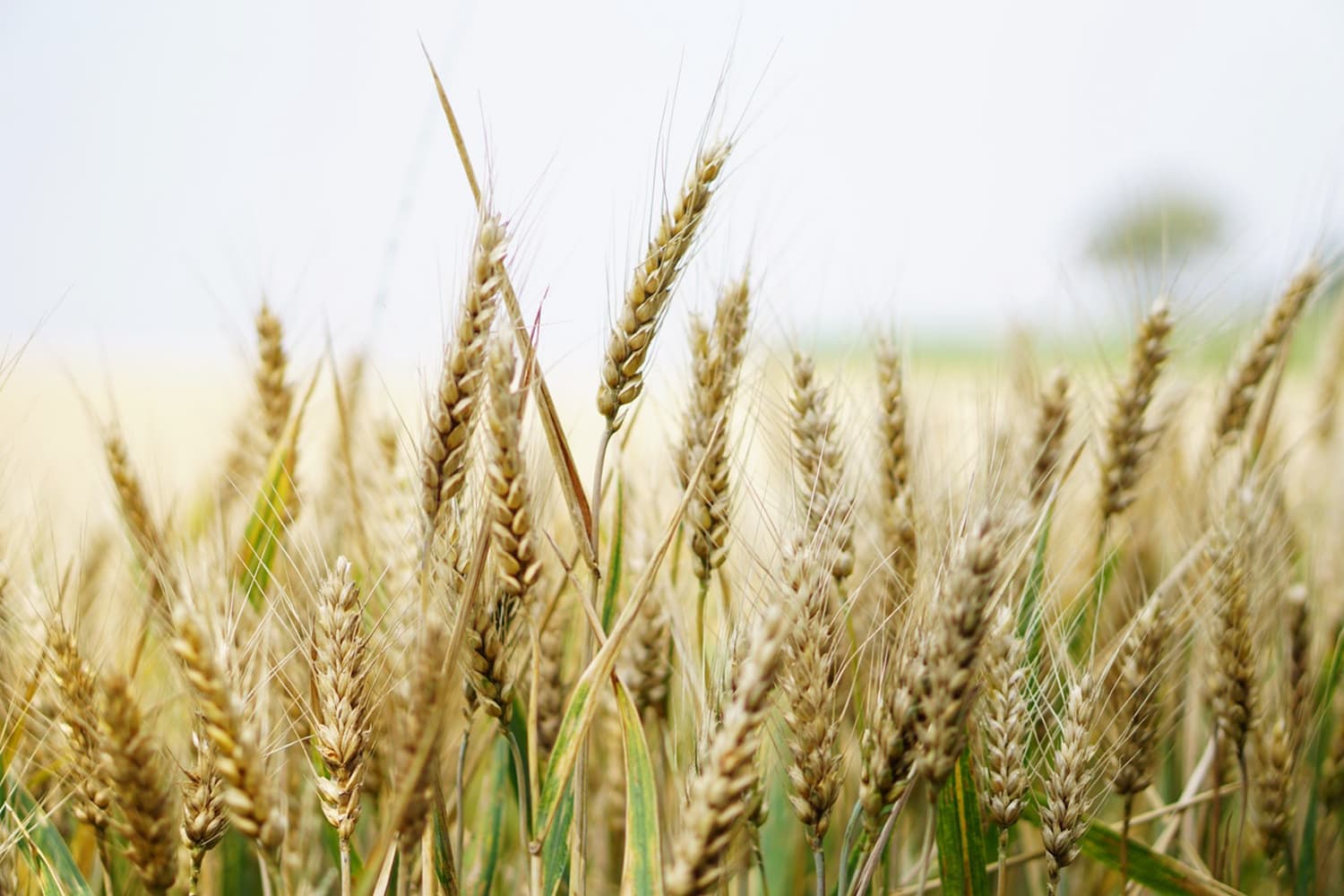
Farro dei Monti Lucretili
The spelt of Lucretili Mountains has caryopsis very similar to the grain but more elongated. The grinding takes place at stone in a water mill sited in the district of Lucretili Mountains. Seeding starts at the beginning of spring and the collection is carried out around the 20th of August. Since 1989 in the municipal of Licenza, in the first decade of October is held the historical “Sagra Elle Sagne ‘and Farre”, an event that attracts thousands of visitors every year.
Production areas:
Licenza (RM)
Quality marks:
PAT
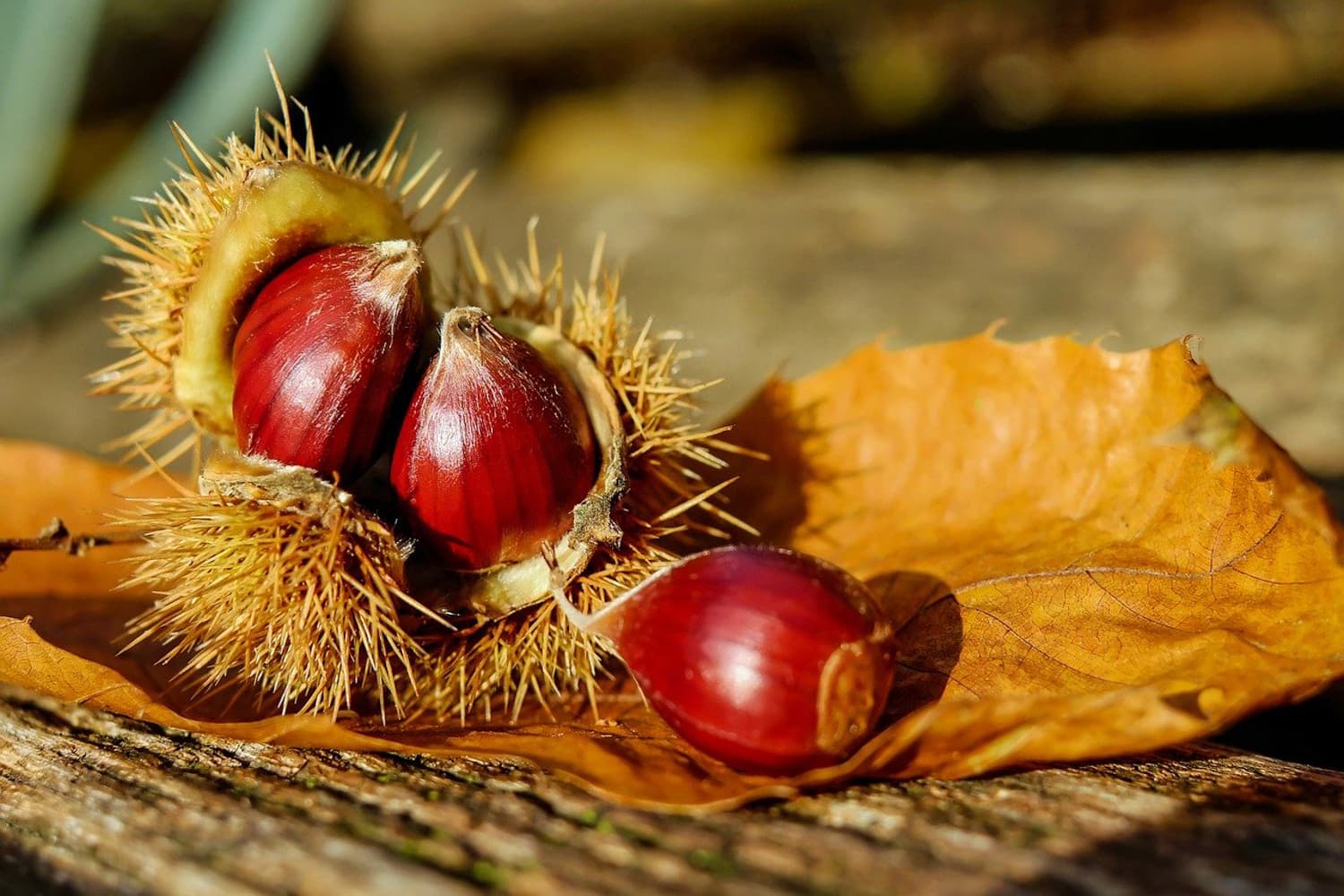
Marrone di Arcinazzo Romano
The Marrone di Arcinazzo Romano appears light brown in color, with some dark colored streaks and of a large size. The flavor is sweet, more intense than the Marroni of the neighboring countries. Harvesting is done manually from the half to the end of October. Even today, the methods of processing and storage of the product comply with the time and methods of historical tradition; proof of this is the technique, still in use, of the “curatura” in cold water.
Production areas:
Arcinazzo Romano (RM)
Quality marks:
PAT
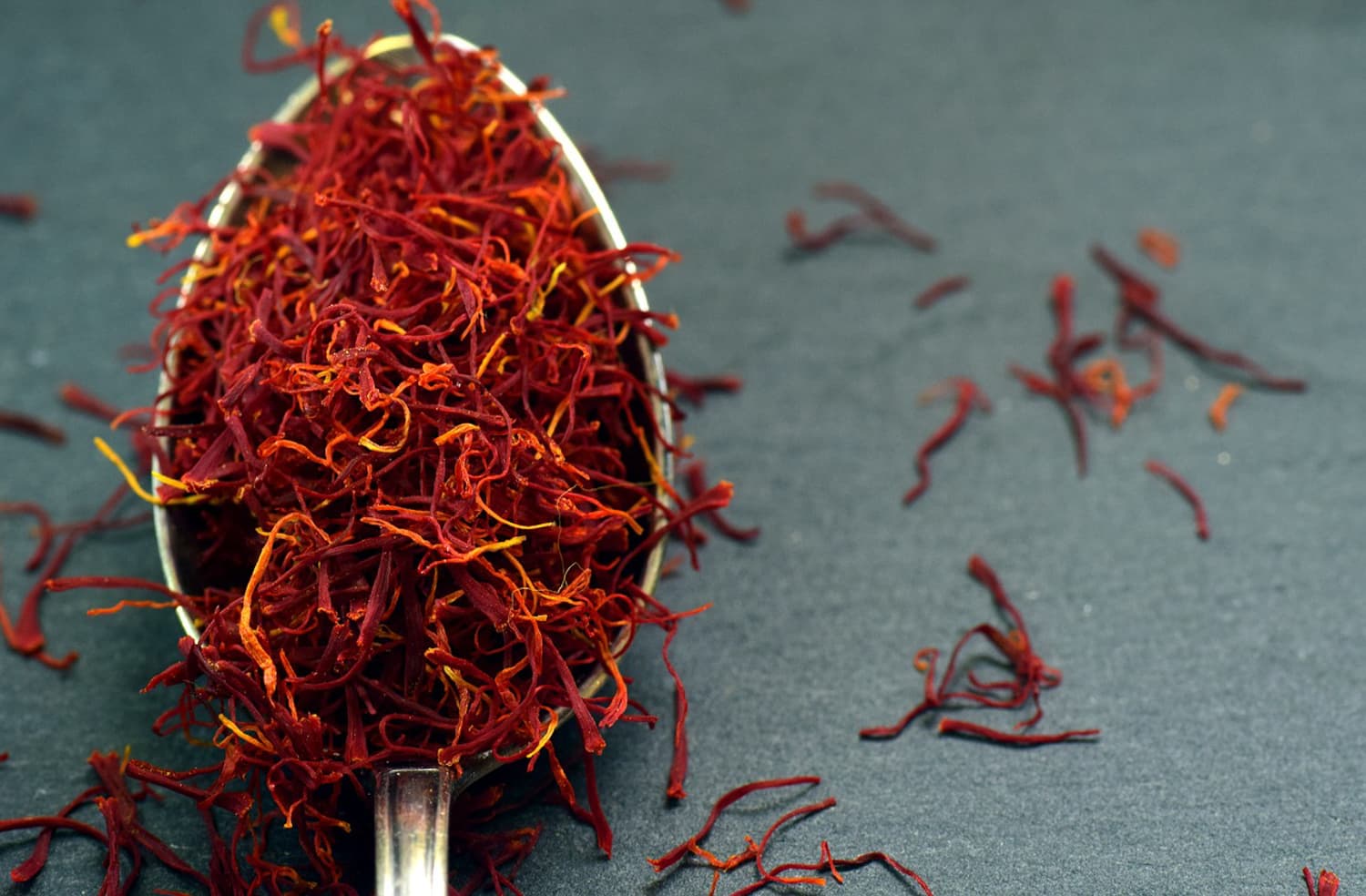
Zafferano della Valle dell'Aniene
The saffron of the Valley of the Aniene is dried in a natural way by placing it on a thin sieve near the wood fire of oak or almond. The cultivation of saffron begins, in the Valley of the Aniene, around the XVIII century and probably comes from the Saffron in L’Aquila.
Production areas:
Affile (RM)
Quality marks:
PAT
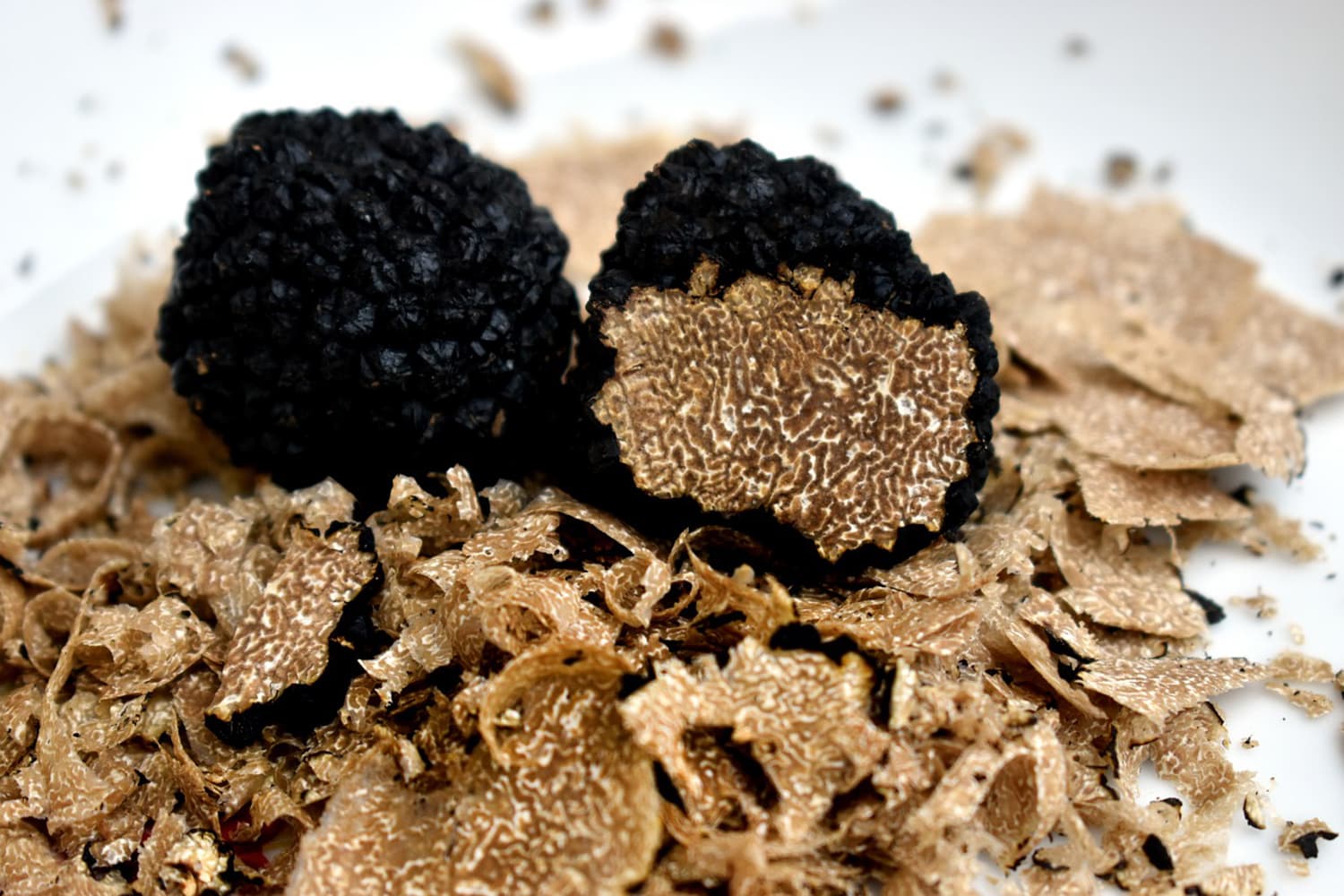
Tartufo di Saracinesco
The Saracinesco truffle belongs to the Tuber Aestivum species, a typical truffle with a roundish shape, medium bulbous and cuspidate; Tuber brumale with wrinkled rind, dark in color, with a more or less regular round shape and Tuber mesenthericum in black, that has a poor scent of the pulp.
Production areas:
Saracinesco (RM)
Quality marks:
PAT
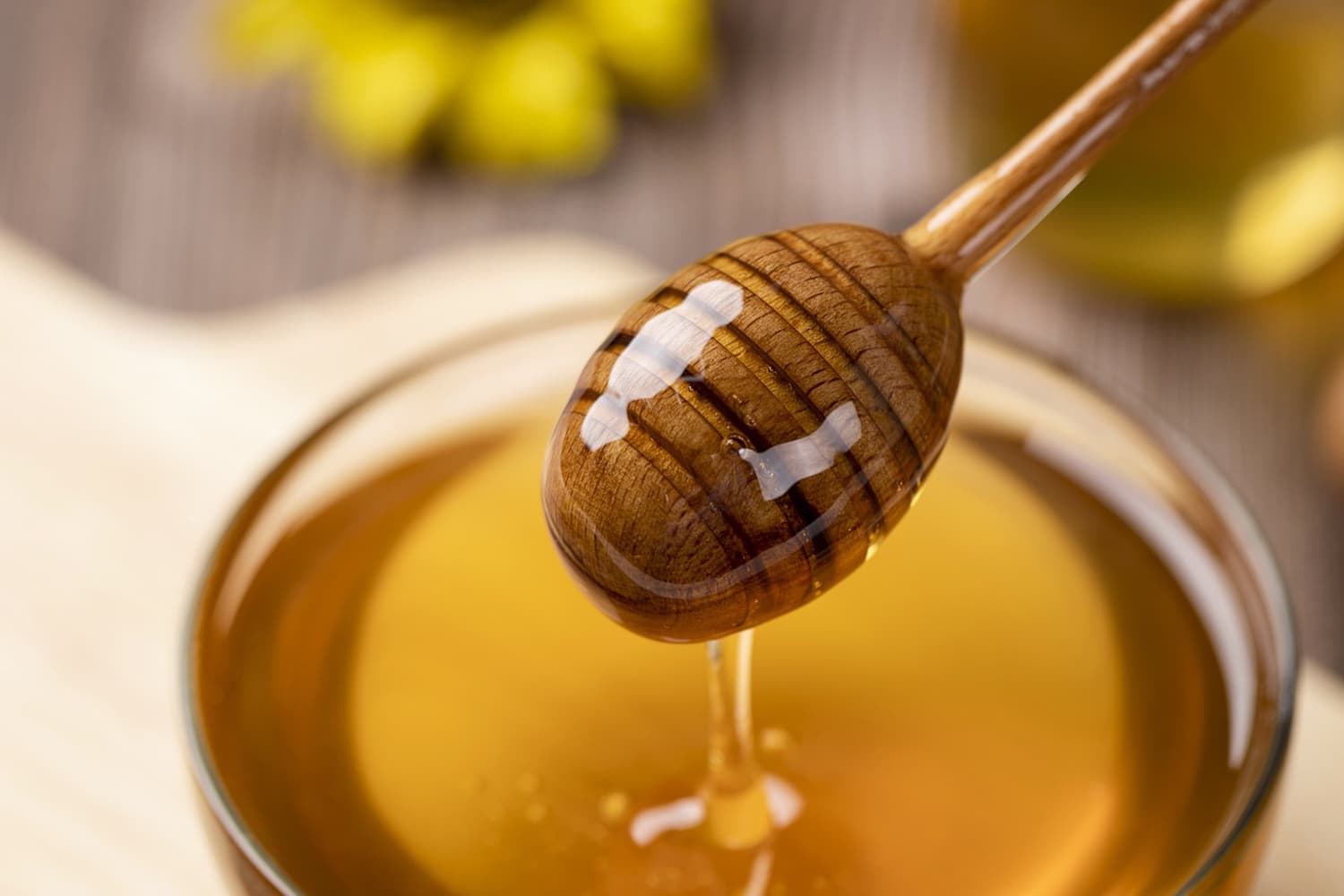
Miele di Santoreggia
In the flowering period, from July to September, the bees gather the nectar of the flowers of this plant from which a monoflora Honey of Santoreggia with a characteristic light color is derived, tending to yellow-green when liquid and gray-green if in crystallized form. The smell is of medium intensity, with a characteristic note that recalls the smell of wet earth or mold; the flavor is moderately intense, persistent, with slightly bitter notes that recall coffee. Savory honey tends to crystallize quite quickly, forming very fine crystals and taking on a soft consistency.
Production areas:
Vallepietra (RM)
Quality marks:
PAT
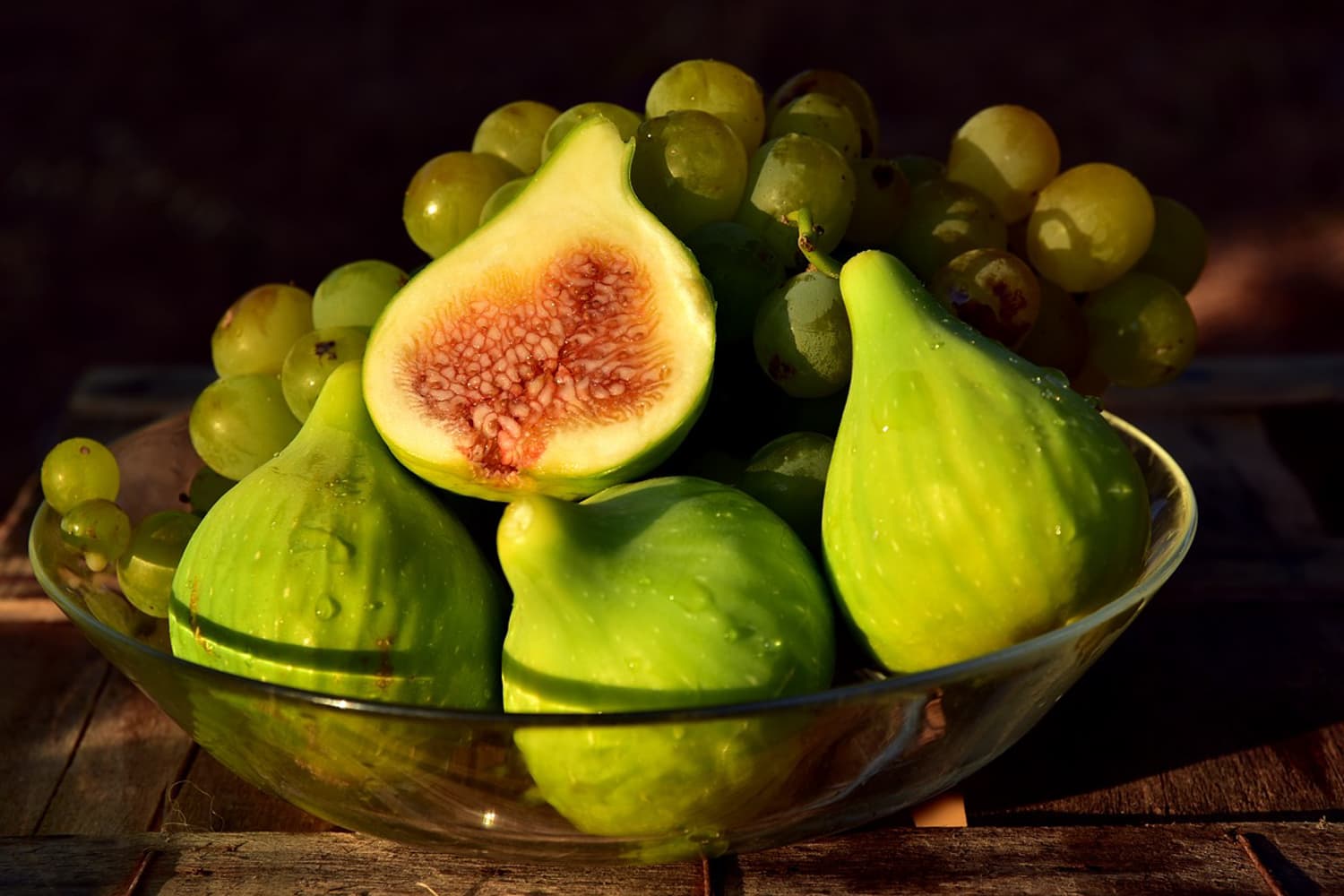
Fallacciano di Bellegra
The fruits of the Fallacciano fig are of two types as the plant is biferae: 1) fioroni called fallacciani are produced on two-year-old branches; 2) the supplied products are produced in the branches of the year. The fiorone, or the Fallacciano, is a green syconium (false fruit) and ribbed, with a piriform shape almost a flask, at the end of which there is an ostiol (small opening typical of some plant tissues). The colour is dark green before ripening; then light green, and when ripe it becomes creamy. The peel is thin and not very elastic, the full, homogeneous and sugary pulp is dotted with rosaceous otrioli.
Production areas:
Bellegra (RM)
Quality marks:
PAT
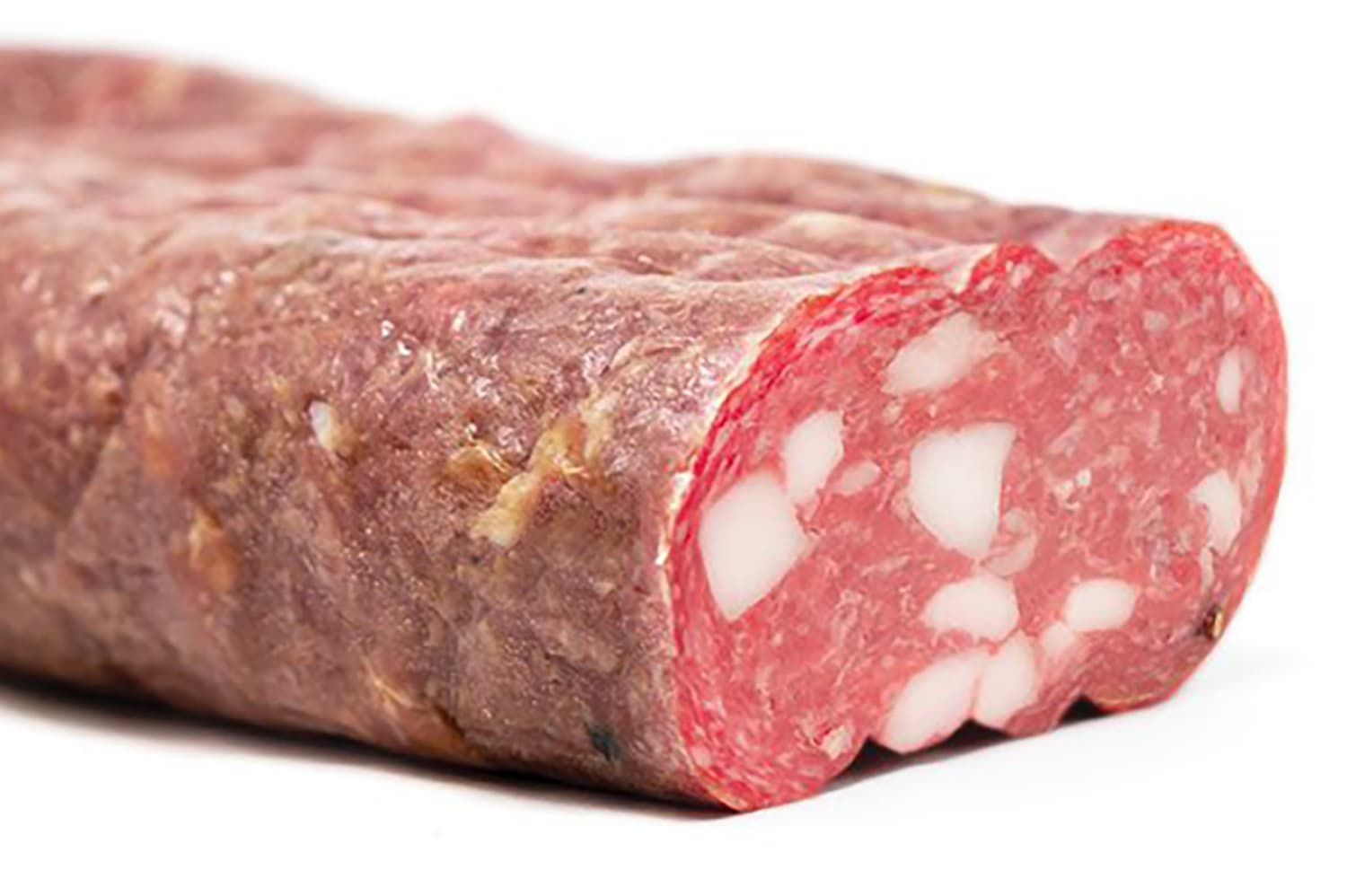
Ventricina Olevanese
Large calibered cold cut that has a ball or irregular inclined to oval shape, the weight is related to the pieces and the type of intestine that has been used. The “Ventricina Olevanese” is obtained by the elaboration of the noble parts of the pig. The mixture, seasoned with salt and with wild fennel seeds, pepper, orange rind and fresh garlic is soaked in Cesanese Olevano Romano DOC wine, bagged and hanged in natural wrappings, such as calf bladder or particular intestine parts. The Ventricina olevanese is characterized by a spicy taste, a fragrant aroma with typical fruit notes that come from the orange rind. at part, roughly knife cut or grinded with a large hole meat grinder. The dough, seasoned with salt and flavored with wild fennel seeds, pepper, orange peel and fresh garlic, macerated with Cesanese di Olevano Romano DOC, is bagged and hung in natural casings such as bladder or veal bondiana.
Production areas:
Olevano Romano (RM)
Quality marks:
PAT

Murzitti
Murzitti have a round shape, dark golden color and a sweet flavor of nuts and honey. They consist of a sheet prepared with type 00 flour, eggs, sugar, extra virgin olive oil, while the filling is prepared with ground walnuts, raisins, vermouth, sugar and honey. The filling, well blended, is placed on top of the pastry, then rolled up and cut into strips. It is cooked in a wood oven.
Production areas:
Subiaco (RM), Borgorose (RI)
Quality marks:
PAT
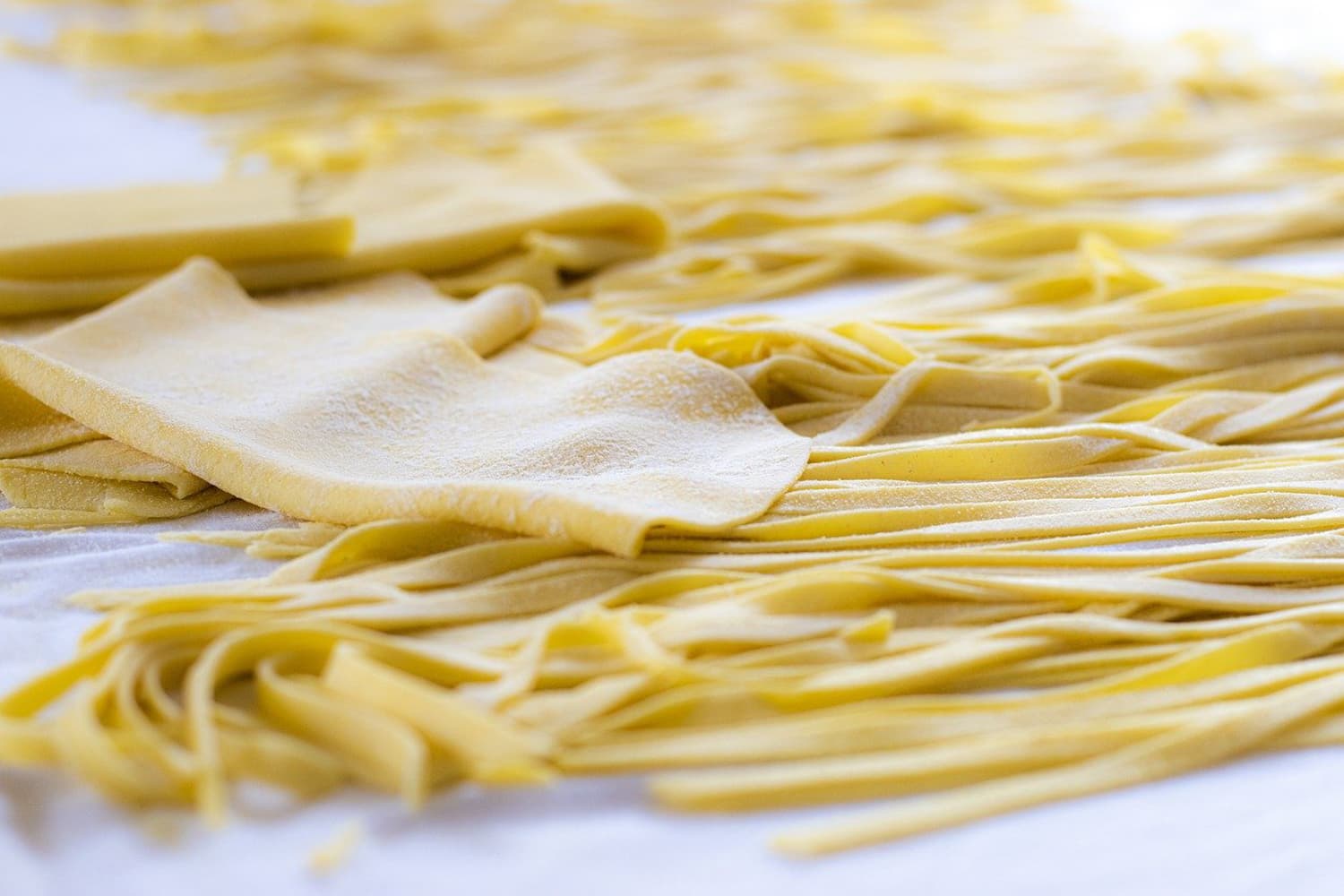
Subiachini e Ndremmappi
Biscuit with a characteristic dove shape, rhombus, elliptical and recently also elongated. The ingredients for its preparation are: sweet almonds, egg white, powdered or normal sugar, natural flavors (for example grated lemon peel) and vanillin. The color of the subiachino is light brown with the surface covered with white icing, locally called ice, which is prepared with egg white, lemon and icing sugar.
Production areas:
Subiaco RM
Quality marks:
PAT
The ‘Ndremmappi of Jenne are a fresh pasta, of a pure peasant matrix, obtained by mixing not very refined flour still containing a certain amount of bran, warm water that makes the mixture more homogeneous, and salt. The appearance of the paste is dark in color. Traditionally ‘Ndremmappi of Jenne are seasoned with a sauce made from a sauté of extra virgin olive oil, garlic, hot pepper, tomato and anchovies (pickled or under salt).
Production areas:
Jenne RM
Quality marks:
PAT
Selection of manufacturing companies

Cantine Ciolli di Damiano Ciolli
Wine company
Category: Wine
Main products: Cesanese di Olevano Romano
Office: Via del Corso – 00035 Olevano Romano RM – Tel. 06 956 3334 – Rif. Damiano Ciolli – info@damianociolli.it
Web Site: https://www.damianociolli.it/

Consorzio dei Produttori della Valle del Simbrivio
Category: Natural or processed plant products
Main products: fagiolone di Vallepietra
Office: Via Tre novembre 7 – Vallepietra – Tel. 340 7424054 – mieledautore@libero.it
Recipes
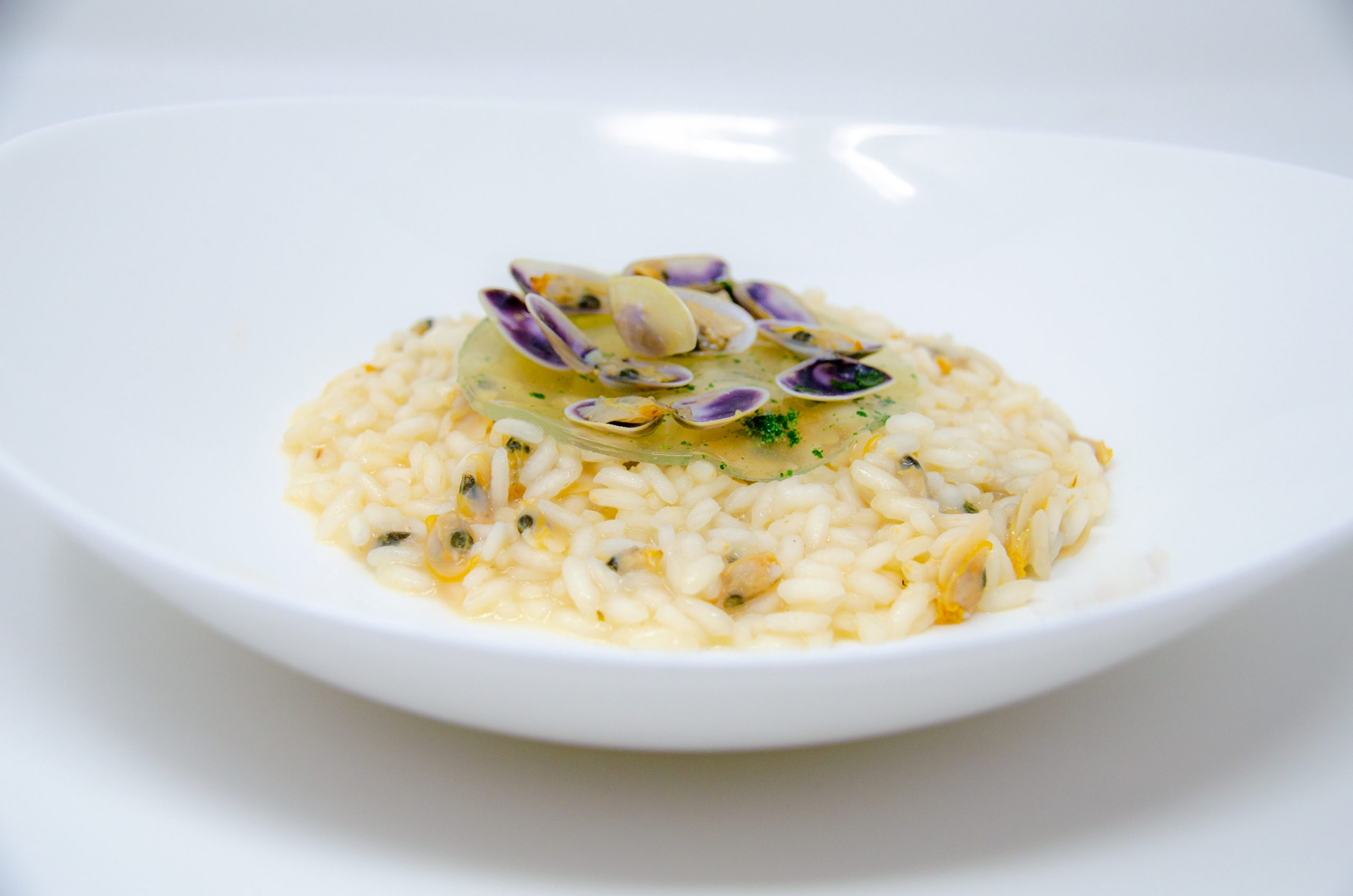
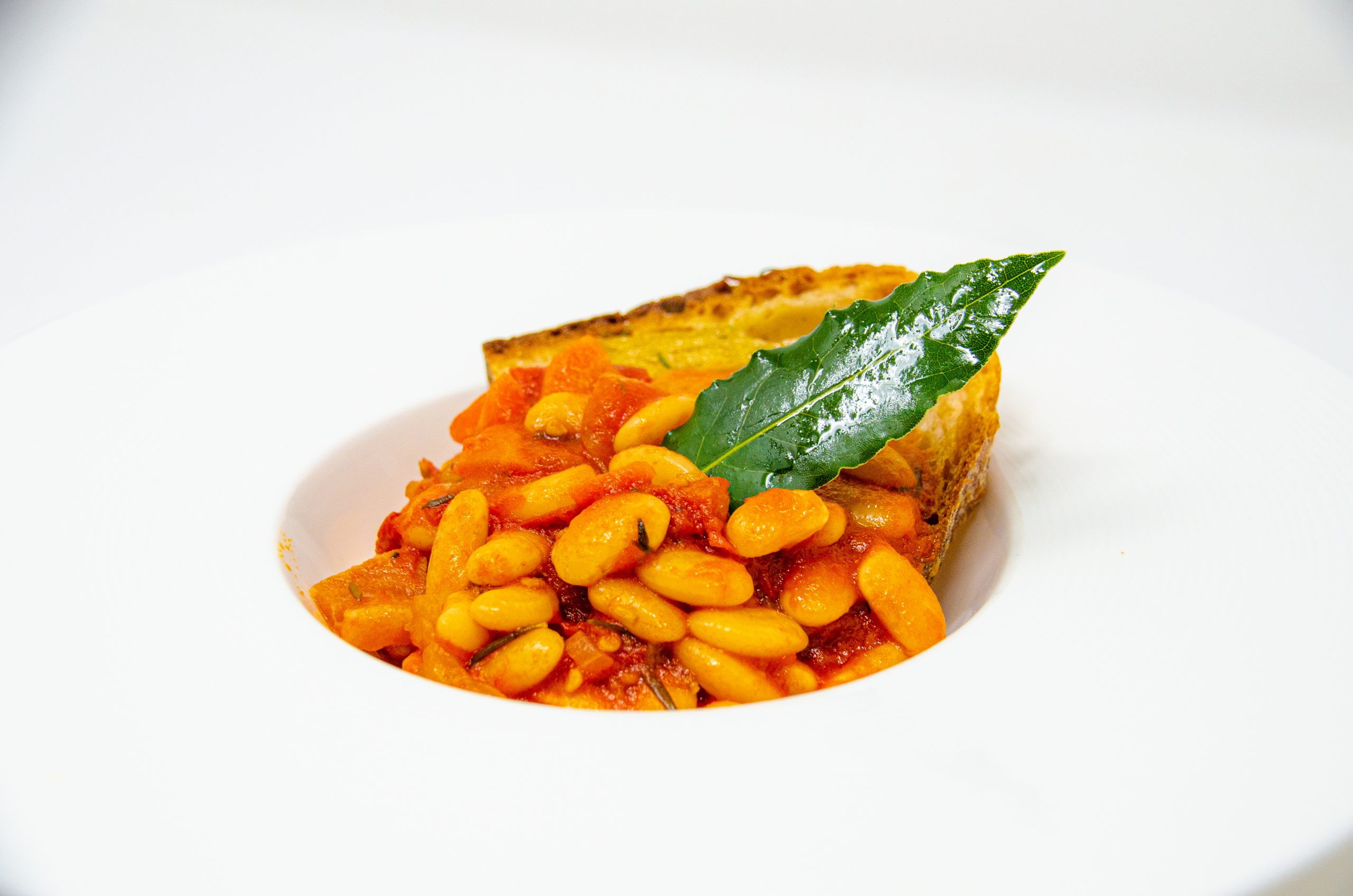 SEE THE RECIPE
SEE THE RECIPE
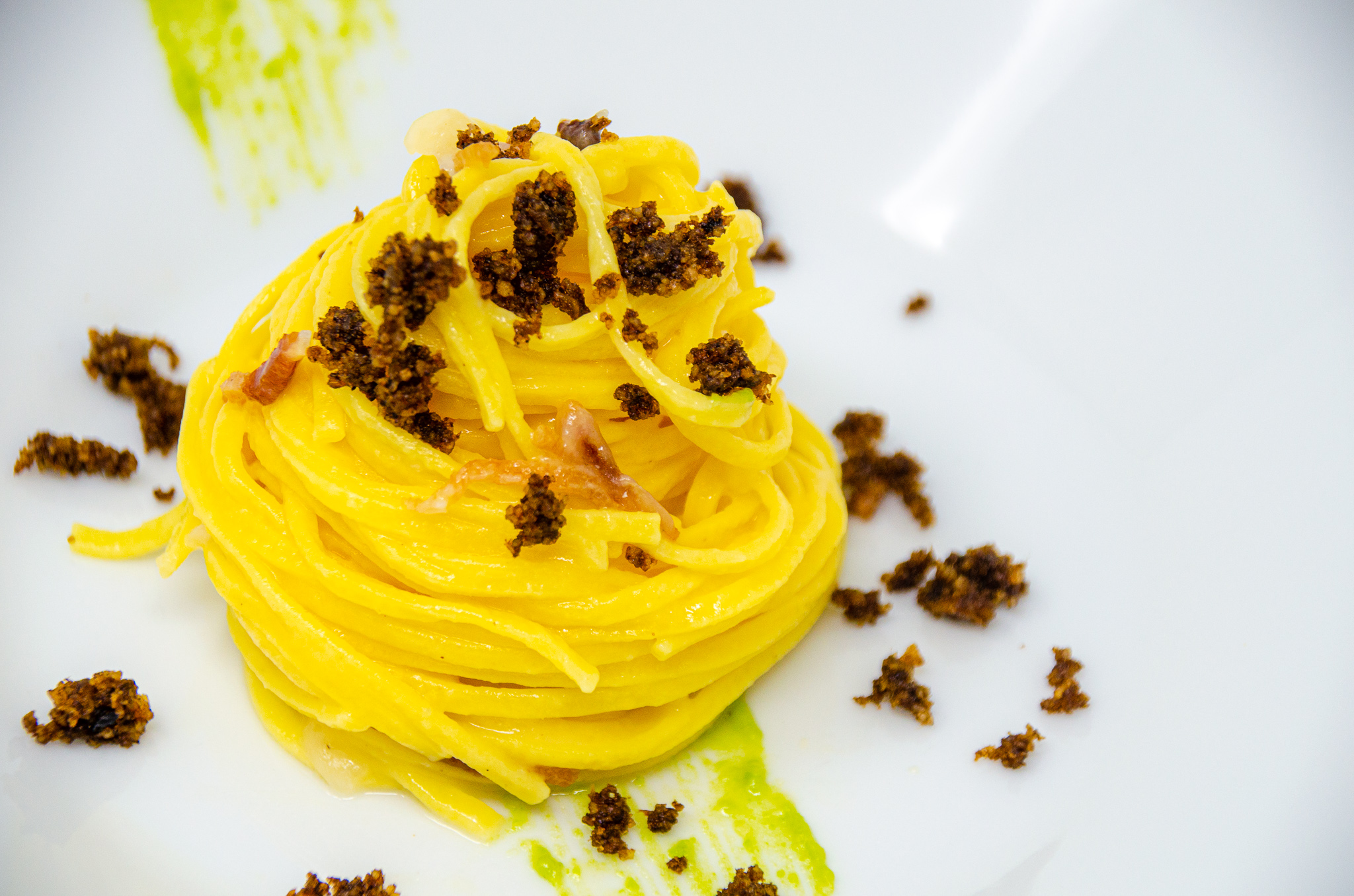 SEE THE RECIPE
SEE THE RECIPE
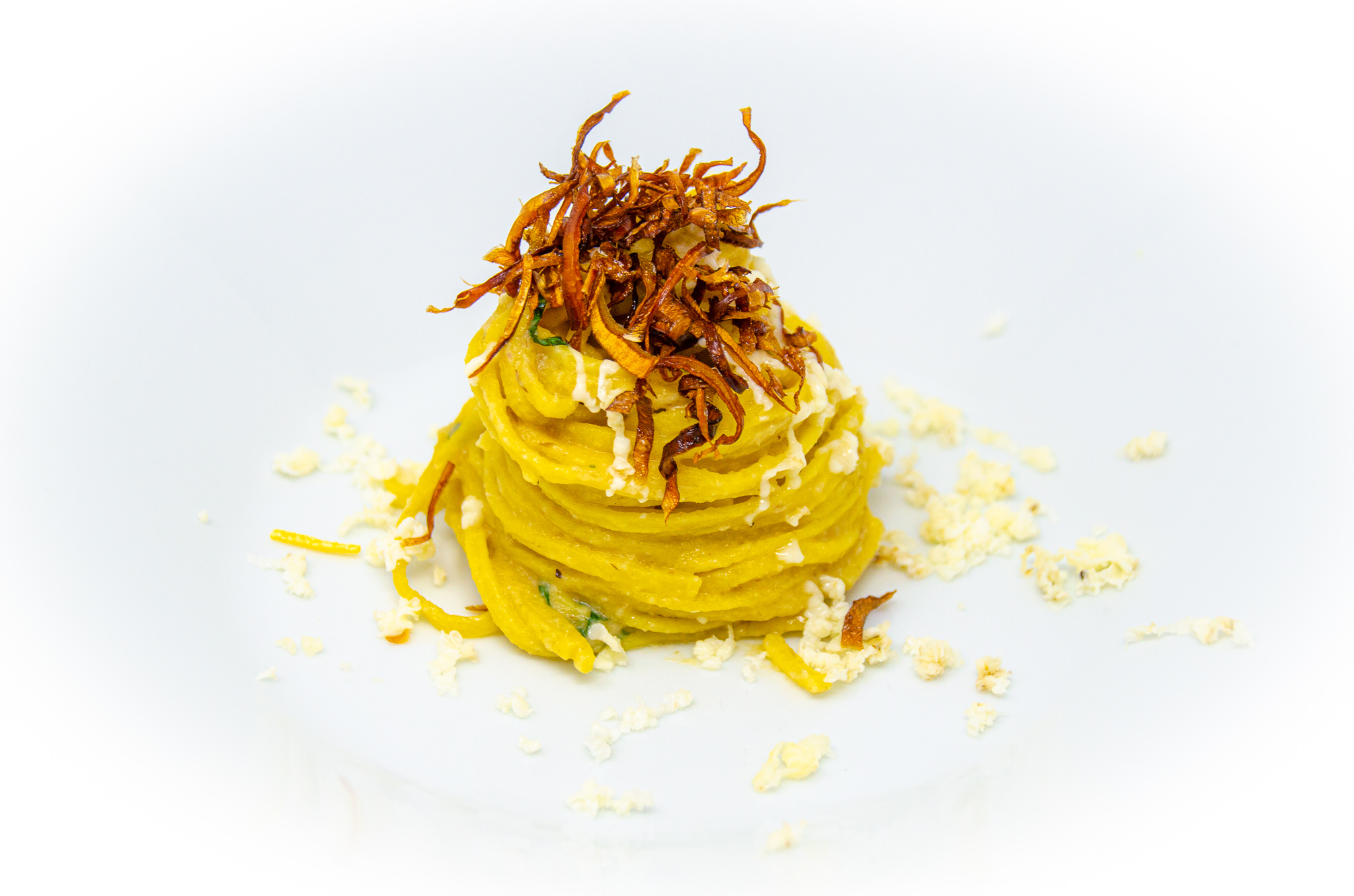 SEE THE RECIPE
SEE THE RECIPE
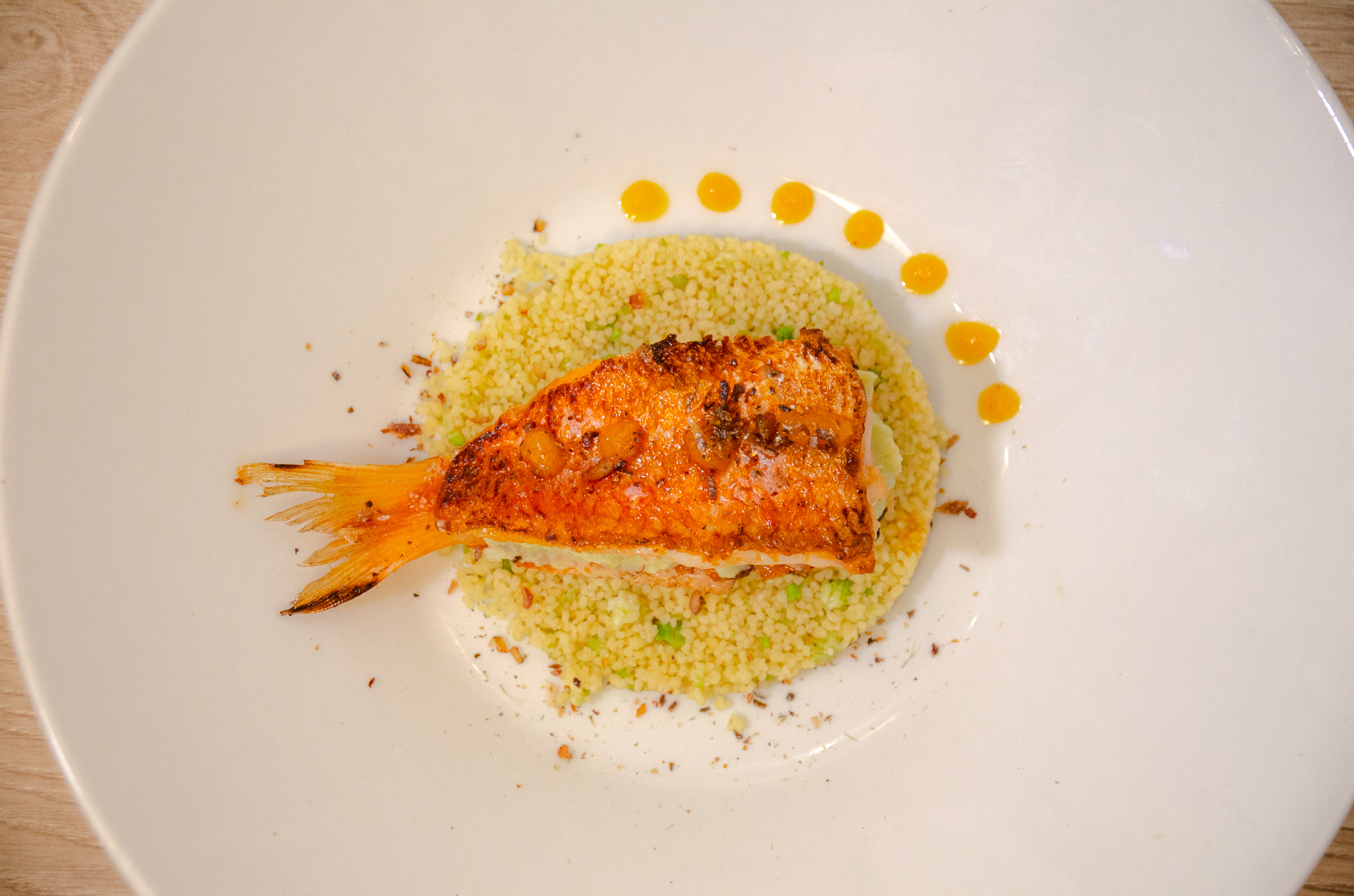 SEE THE RECIPE
SEE THE RECIPE
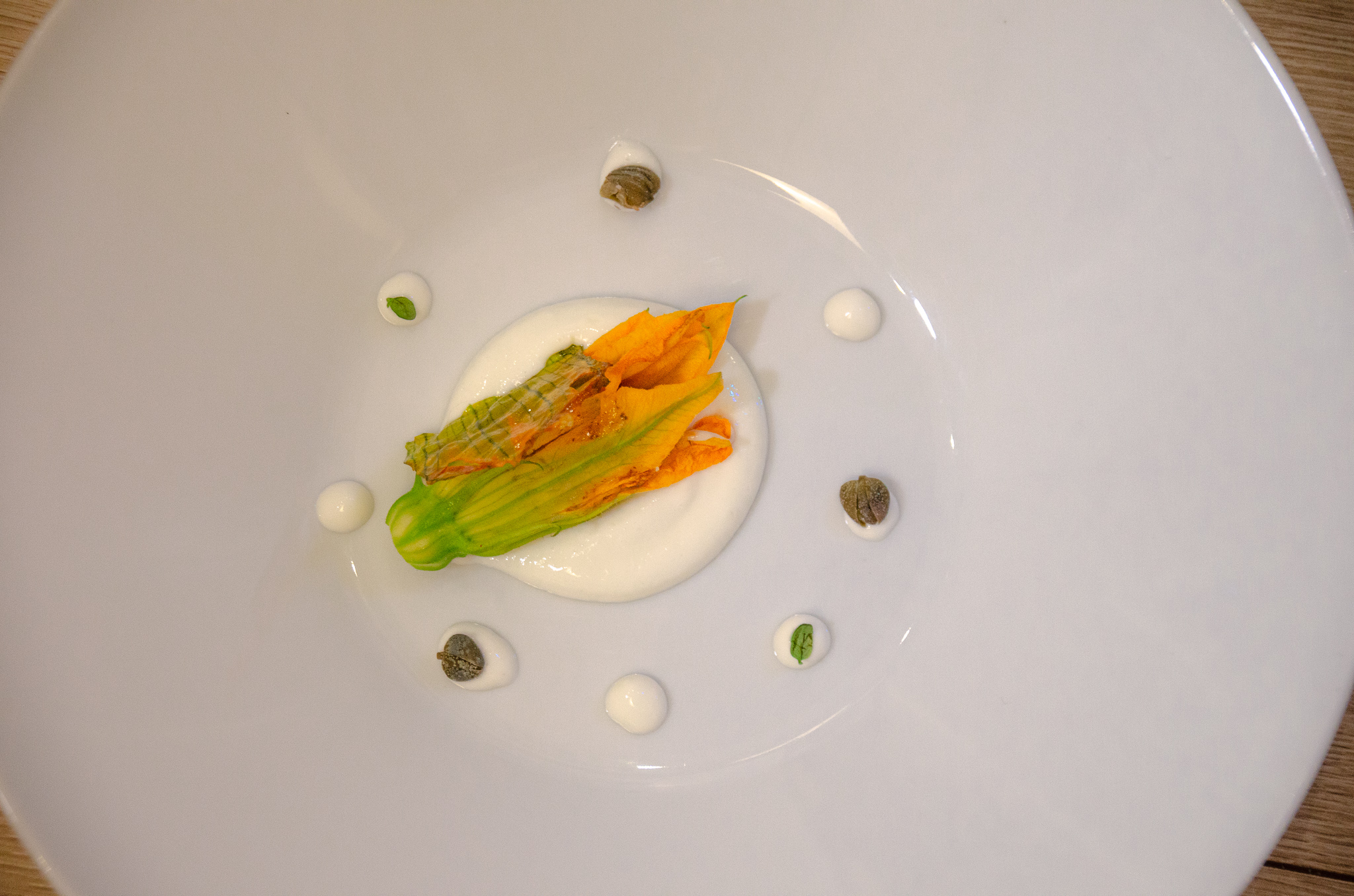 SEE THE RECIPE
SEE THE RECIPE
Litorale Romano
By ‘Roman coast’ we mean the stretch of coast that goes from Civitavecchia to Nettuno. In consideration of the geographical nature of the area, fish products are of great interest, including the cockle (Slow Food Presidium), whose fishing involves the coastal stretch that goes from Passo Scuro to Anzio.
Complesso lacuale di Bracciano e Monti Sabatini
With “Complesso lacuale di Bracciano e Monti Sabatini” t refers to the geographical area that extends around the lake of Bracciano.
The peculiarity of the area is certainly the lake fish. There are two species par excellence associated with Lake Bracciano: the coregone and the lattarino.
Castelli Romani e Monti Prenestini
The territory of the Castelli Romani and Monti Prenestini extends south of Rome and is included in the geographical areas identified as the Castelli Romani Park and the mountain community of the Castelli Romani and Monti Prenestini.
In this area there are numerous typical and traditional productions, many of which are certified with a Community or national quality mark.
Monti Lepini
The territory of the Monti Lepini falling within the Rome metropolitan area affects the municipalities that from Artena continue southwards to Carpineto. It boasts numerous known productions that mainly derive from the breeding of the black pig of the Monti Lepini.
Valle dell’Aniene
The territory of the Valle delle Aniene is attributable to the municipalities belonging to the mountain community of the same name, which extend from the peaks of the Simbruini and Lucretili Mountains to the plains adjacent to the Aniene.
Renowned for the production of legumes, it boasts a consistent number of bean species recognized as typical.
Roma e Valle del Tevere
By ‘Valle del Tevere’ we mean a large area that extends from the border with the Sabina to the south east of Rome where it borders the Valle dell’Aniene and the Castelli Romani and Monti Prenestini. In particular, in the north east of Rome, we find a very large oil production, which can also be found in the province of Rieti.
Intera area metropolitana di Roma
The typical products and excellences found throughout Rome and in the neighboring territories.
A PROJECT BY

WITH THE PATRONAGE OF


WITH THE CONTRIBUTION OF

TECHNICAL PARTNERS




